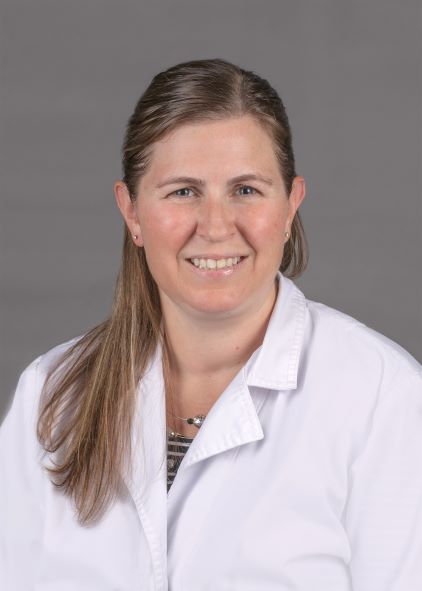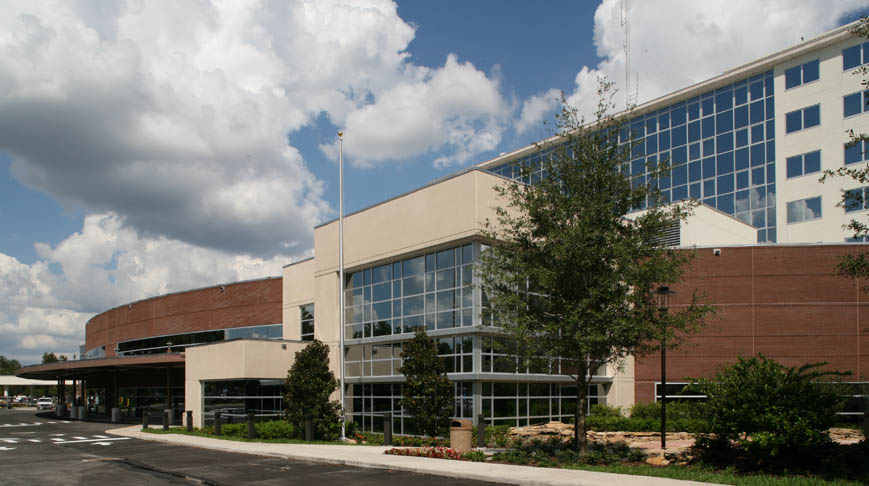


The bedside team has an e-alert button that anyone on the team can push and ask for assistance with such things as checking drug compatiblities, scheduling a test, or keeping on eye on a second patient while the ICU nurse takes another patient for tests, Ackerman said.Ĭommunication is key to making telemedicine work, Ackerman said. Ten days into the program at Winter Haven, “the bedside nurses really like that expert care that is right there with them, assisting them, providing backup,” Koeppel-Olsen said. Through electronic monitoring, the eCare nurses may also notice a patient is getting better “so maybe we can reduce the amount of oxygen or medications they need and we can get them out of ICU and out of (the) hospital sooner."

“It provides another set of eyes to look at trends over a period of time and see very slight changes that can happen when a person is very ill.”

“That nurse in eCare is there analyzing data, making phone calls, arranging tests,” Koeppel-Olsen said. “While you are doing hands-on with one patient, bad things may happen to the other patient. “When a patient is critically ill sometimes more things are going on than one person can handle,” said Carol Koeppel-Olsen, a critical care nurse who is chief nursing officer and vice president of patient care services at Ba圜are’s two hospitals in Polk County. That is definitely a backup scenario considering bedside ICUs staffing is typically two patients per nurse, maybe three patients per nurse in a step-down ICUs. At night, when many of the hospitals are staffed by on-call physicians, there is at least one intensivist and one critical-care-certified advanced registered nurse practitioner at another workstation. Each workstation has a bank of six computers that are hooked into bedside monitors, medical records and and audio-visual equipment that can zoom in to do safety checks on equipment and patients.Īt eCare central two certified critical care nurses work at each station, each overseeing data and providing other support for 45 to 50 patients. “It is an additional layer of care, watching in the background, monitoring patient trends, being an extra set of eyes and ears,” Ackerman said.Įach ICU room is equipped with a high-definition camera and is electronically tied in to communications center where there are five workstations. Physician satisfaction and family and patient satisfaction is also going up.” “We are seeing some reductions in length of stay in ICUs and reduction in complication rates. Those scores are based on data from 2014, before the telemedicine program started.ĮCare is starting to show impacts at the five hospitals where it was first instituted, Ackerman said. Nevertheless, five Ba圜are hospitals, including Winter Haven, scored among the worst in the nation at providing intensivists in ICUs. to 7 a.m., to provide backup care to experienced critical care nurses who work round-the-clock in the communications center, said Tess Ackerman, a critical care nurse who is director of eCare operations at all the Ba圜are hospitals.ĮCare was not designed to address Leapfrog scoring and it addresses some different issues, said Angel Neubrand, communications manager for Winter Haven and Bartow hospitals. Ba圜are's eCare central brings in board-certified intensivists during the overnight shift, 7 p.m.


 0 kommentar(er)
0 kommentar(er)
